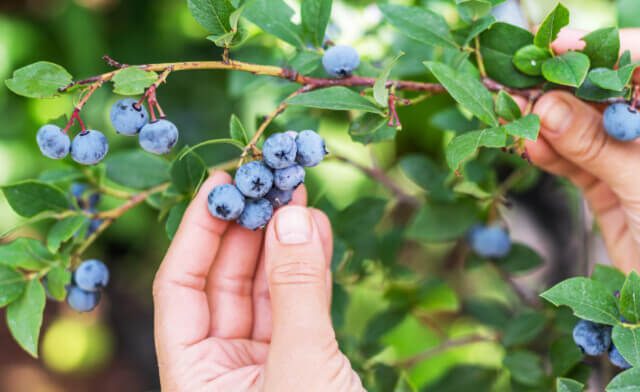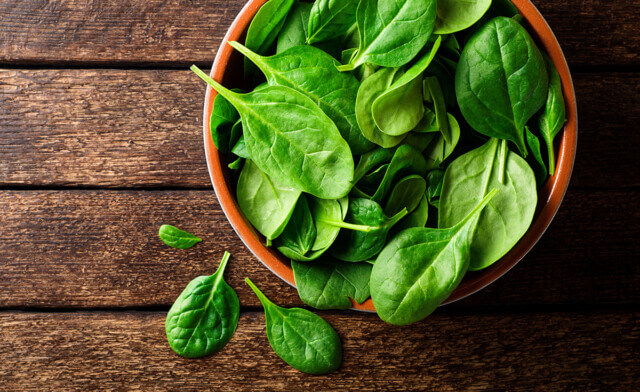Puppy Feeding Guide: How Much Should I Feed My Puppy?
Are you worried your puppy is getting enough food?
It’s always important to feed any animal well, but in young animals, like puppies, it’s even more vital. You need to make sure they’re getting the nutrition they need to grow up healthy and strong.
To develop, your puppy’s muscles, bones, tissues, and brain cells need specific nutrients. Giving too little or too many calories, or under or over supplementing can harm them in the long run.
This is why it’s crucial you know how much you should feed your puppy right from the start. Feeding a standard dog food won’t cut it, as it won’t fulfill most of their unique needs.
Don’t panic though, it’s not as scary as it seems and we’re here to help! Keep reading for our guide on “how much should I feed my puppy” so you can give them the best start in life.
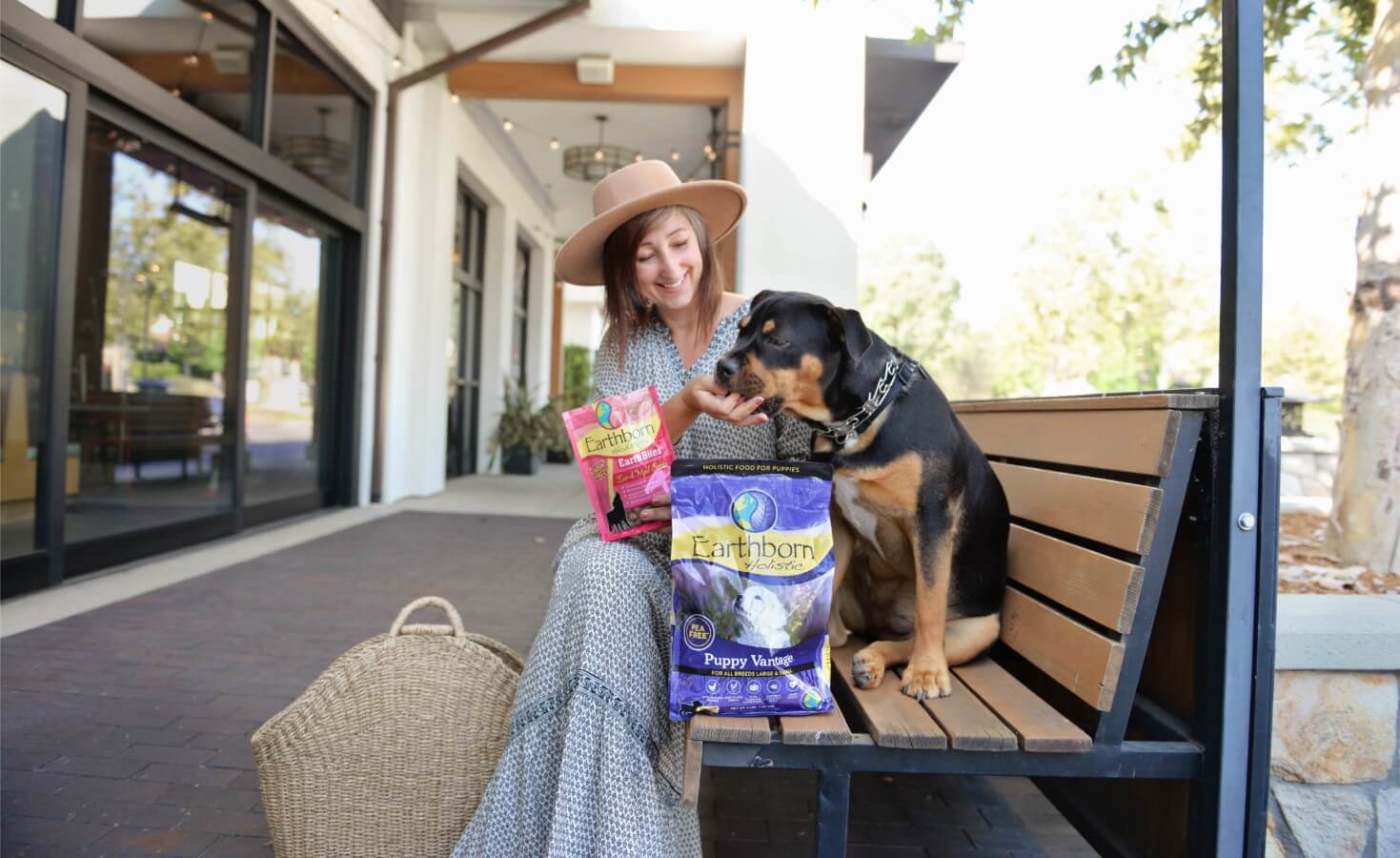
Feeding Puppies Newborns to 4 Weeks of Age
For the first month of a puppy’s life, the best food they can have is their mother’s milk. It’s balanced around the vital nutrients very young puppies need to grow. But sometimes the mother can’t look after her puppies, and they need human care.
If you’re raising puppies by hand, you’ll need to supplement the mother’s milk with a formula. You need to use one that’s a specific high quality puppy formula, you can’t use kitten or human ones.
Puppies grow fast, so you’ll need to weigh them each day to track their progress. Don’t expect a weight increase on the first day of hand feeding, but after that, you should see steady growth.
Starting weight and growth rates vary for different breeds. Make sure you take your puppies in for a check-up and consult with your veterinarian who can tell you what to expect. They’ll have a wealth of knowledge, especially if it’s your first time, to help your puppies thrive.
How Best to Bottle Feed Your Puppies
The first tip for bottle-feeding puppies is to set up a feeding chart. In fact, this is a tip we’d recommend for all puppies until they reach adulthood.
This lets you record the number of meals a day, the time of the day, the amount of food, and the type of food you give them. Here are some more tips on bottle-feeding young puppies:
- Only feed puppy formula as a replacement for the mother’s milk. You’ll also need a few pet nurser bottles, with a variety of nipples to see which they latch onto best.
- Mix up the powdered milk replacer as per the label, or use a premixed variety if easier. Consult your veterinarian for any special instructions.
- Warm up the bottle in a cup of hot water to get the milk to body temperature. Then drip test on your hand to make sure the milk isn’t too hot, and it comes out of the nipple.
- It’s best to place your puppies on their bellies for feeding. Have a pup on your lap or placed on a towel on a table. Place the nipple into their mouth and tilt the bottle so the air stays out of the nipple.
- Keep feeding until the puppy stops or slows down by quite a lot. Then, place your finger against their throat, being gentle, to see if they’re swallowing.
- On your “how much to feed a puppy chart” mark down the time of the feed. Newborns will need a feed around every 2-3 hours. You want to make sure they get 4-5 full meals in their bellies and this can mean they don’t need feeding overnight. Again, it’s best to talk to your vet to make sure your schedule is right.
- By the age of 2-4 weeks, the puppy feeding schedule should reduce to feedings every 6-8 hours.
How Much a Young Puppy Should Eat
At this age, it’s usually not necessary to work out the exact amount your puppies are eating. As long as you’re feeding the right high quality puppy formula.
The timing of the feeds and regular weigh-ins each day is your best guide. As long as your puppies aren’t acting hungry (crying, for example) and do gain weight each day you should be on track.
Most vet-approved commercial milk formulas will give a puppy feeding guide. This details what the typical puppy might eat each day, for example, 2 tsp for every 4 ounces of body weight.
Follow these instructions and don’t overfeed. Puppies who drink too much can get diarrhea. This prevents them from absorbing the nutrients their bodies needs. If you ever have any questions or concerns, always consult your vet right away.
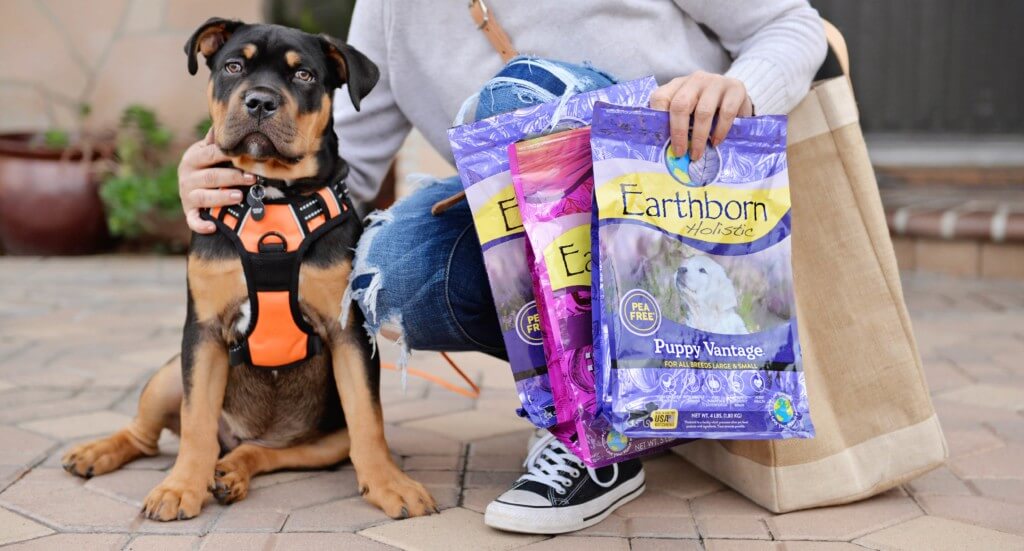
5 Weeks Old: Time to Wean Your Puppies
Your puppy feeding schedule will change at around 5 weeks of age. This is when most people would start to wean their puppies from their mother.
Here are some tips for successful weaning:
- Interest the puppies by getting a little of the food mush onto your finger for them to lick. They’ll soon learn what it is and enjoy the taste, learning to lap up the food themselves.
- Make sure each puppy is getting enough food. It’s best to give each puppy their own bowl and supervise at all times. You don’t want greedier puppies stealing and eating too much. You also don’t want more submissive puppies not getting enough food to meet their needs.
- If you haven’t been hand-feeding and the pups are still nursing off mom, you should start offering 3-4 meals a day. Small breeds and Toys might need to have some extra snacks on offer throughout the day. This is because they are more susceptible to low blood sugar (hypoglycemia).
- You’ll consider nutritional weaning completed when the puppies no longer nurse. They’re now only eating their weaning mix. Where litters stay with their mothers, you can expect this to happen at around 8 weeks of age.
Can you feed a puppy adult dog food? No, it’s important you wean your puppies onto a high quality, balanced puppy food.
Can they eat it straight from the pack? No. if you’re using kibble, make sure you water it down to a texture that’s easy for them to eat and stomach. It could even be necessary to add a little extra water to wet puppy food.
How much to feed a puppy by weight? While feeding a weaning mix, there isn’t a set standard for the amount you should feed. Keep up with your daily weigh-ins. You want to see continued healthy growth without them getting overweight. Your vet can give more guidance based on breed and their current growth charts.
How to Manage Watering Down
As mentioned earlier, you should water down the weaning mix when you start weaning your puppies. By the time they’re 8 weeks old, you should be at the point of introducing full solids. Up until that point, you should transition them slow and steady for a few weeks.
- Start with watered-down kibble or wet food and crush it into a wet mush. It should be soft and easy to digest, but still with some substance to it.
- Each week, start to use 1 tsp less water to soften up the food and let it get less mushy.
- By week 3-4 of weaning your puppies’ kibble should have a crunch to it.
- By week 5-7 of weaning, your puppies should only be eating dry puppy food without any issues.
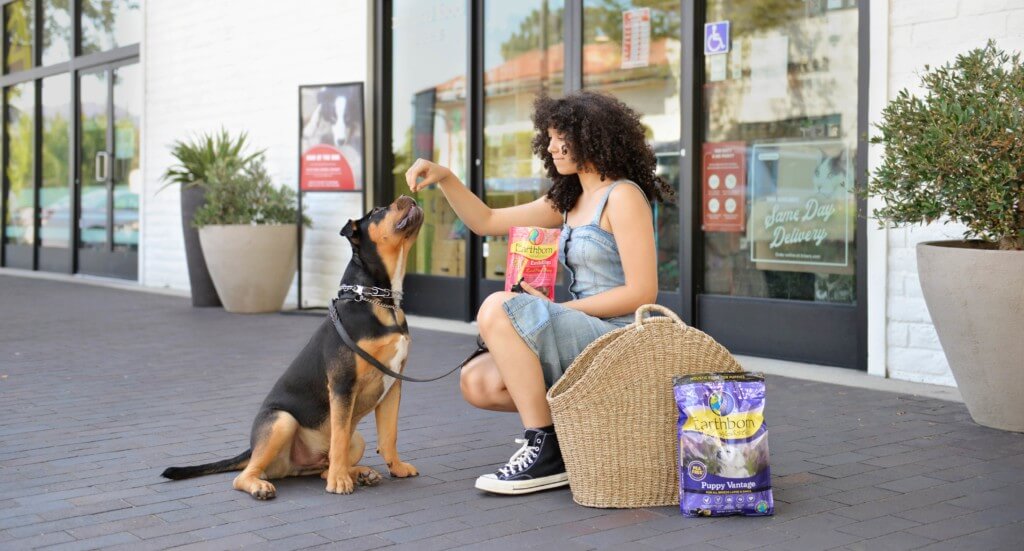
8 Weeks Old: Feeding Puppies After Weaning
Once you’ve completed weaning, continue to track their diet and weight. At this point, you want to feed a high quality puppy food (continue to avoid adult dog food for now). These formulas will continue to balance their diet for brain and body development.
How Much Food to Feed a Puppy
“How much food to feed a puppy”, you ask? You’re likely wondering how much to feed a puppy by age. But age isn’t the only determining factor. There are a few factors that go into determining this, including:
- Age
- Weight
- Body condition score
A puppy’s body condition score measures how much body fat they hold. Think of it as the puppy version of BMI we humans use, and it’s best to get your vet to work this out.
How Much to Feed a Puppy By Weight
You can use the feeding chart on the label of your puppy’s food to work out the number of cups your pup should eat each day. But remember, each puppy is unique and could need up to 50% more or less depending on their body condition, and there are also unique needs that small breeds and large breeds have too to consider with your vet, which is why you should always use feeding charts as a starting point and work with your vet to determine exact amounts. Here’s an example of a puppy feeding chart for our Unrefined Roasted Rabbit recipe:
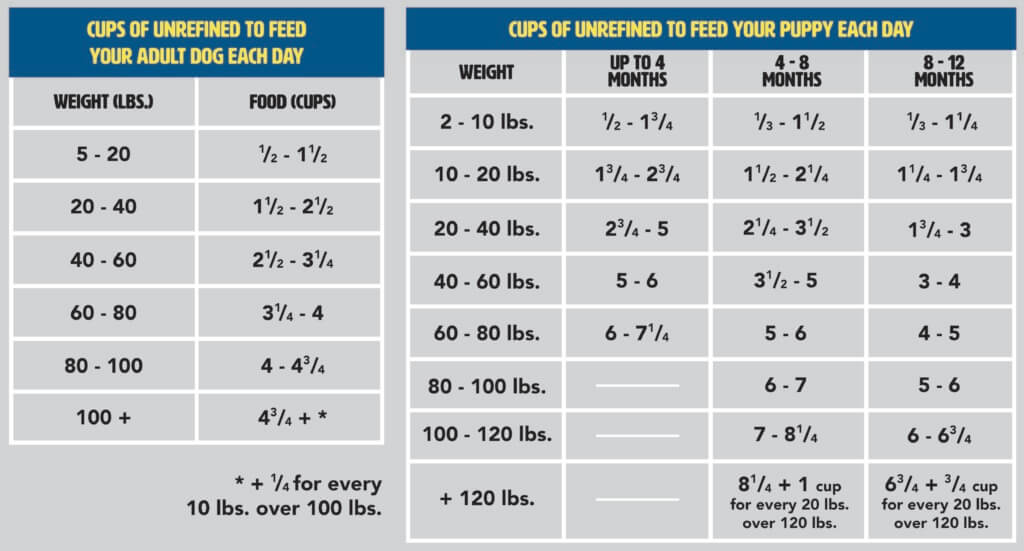
It’s important that you continue to follow those suggestions. Unless your vet has advised you otherwise, that is. Your vet can tailor your feeding schedule based on body condition and ideal adult weight. Whether they’re already spayed/neutered will also play a part in your vet’s advice as well.
Note that different puppy foods will have different nutritional values. This means the manufacturer’s instructions are specific to that food. Each type of food will have a different chart layout, even within the same brand sometimes. The feeding amounts differ due to the ingredients and supplements in each formula.
Your Puppy Feeding Schedule
The golden rule is never to leave food down all the time. This increases the chance your puppy will overeat, gaining too much weight. You should always give them access to fresh, clean water though.
Most (not all) dogs will eat their meals fast, so to prevent picky habits stick to regular feeding times. You should try to give them their meals at the same time every day. On top of this, don’t leave the food down for more than 10-20 minutes.
As you would with young puppies, it’s beneficial to keep a written food schedule. Feed your pup the specified amounts at mealtimes, and note this down and the time you fed them. This way, you can keep track of when your puppy ate last and how much. You should also record any treats here too. You can then make the appropriate adjustments to their meals.
Until they reach the age of 6 months, most medium and large breeds do well with 3 meals a day. Then, once they reach 6 months, move them down to 2 meals a day. Toys and small breeds do best with 4 meals a day until 6 months, and then 3 meals after that. If you’re concerned though, ask your vet what they’d recommend for your dog’s breed and unique needs.
How Long to Feed Puppy Food?
How long to feed your dog puppy food will depend on factors including:
- Breed
- Size
- Growth rate
Many of the toy breeds and small breeds will reach their full adult weight within 10-12 months. At this age, you could start moving them onto adult food. But you may need to still give an extra snack to very active small dogs.
Large and giant dogs switch from puppy to adult food at around 18 months, sometimes even longer. They take longer to mature and reach their full development.
Again, it’s best to consult with your vet about when to switch over. They’ll give advice on when to do it based on your pup’s unique history. With their guidance, you’ll also be sure to do it the right way.
You should wean your puppy onto new feeds slow, not all at once. Otherwise, you could cause stomach upsets like vomiting and diarrhea.
How to Wean onto Adult Food
On average, you’re looking at about 12-18 months before your puppy is ready for adult food. Once you’ve consulted with your vet and they agree, you’ll need to change their food to a high quality adult mix.
- The best way is to mix the new food in with the old and replace it in quarters. 1/4, 1/2, 3/4 then full replacement over a few weeks to get their systems used to it.
- Start with 75% puppy food and then 25% adult food and continue to service this amount for 3-5 days.
- Then, increase to 50% puppy food and 50% adult food for another 3-5 days.
- Continue in this way until 12-20 days, when your puppy should eat 100% adult food now.
- Don’t try to rush this process, you need to stay patient. This is a big change in consistency, ingredients, and nutrition. Your puppy’s body needs time to adjust to the new food to process it.
- Let your puppy dictate the speed, some will adjust faster and for others, they will need a bit more time. The whole process should only take up to 20 days, but again, don’t rush your pup. It’ll come if you give them the time.
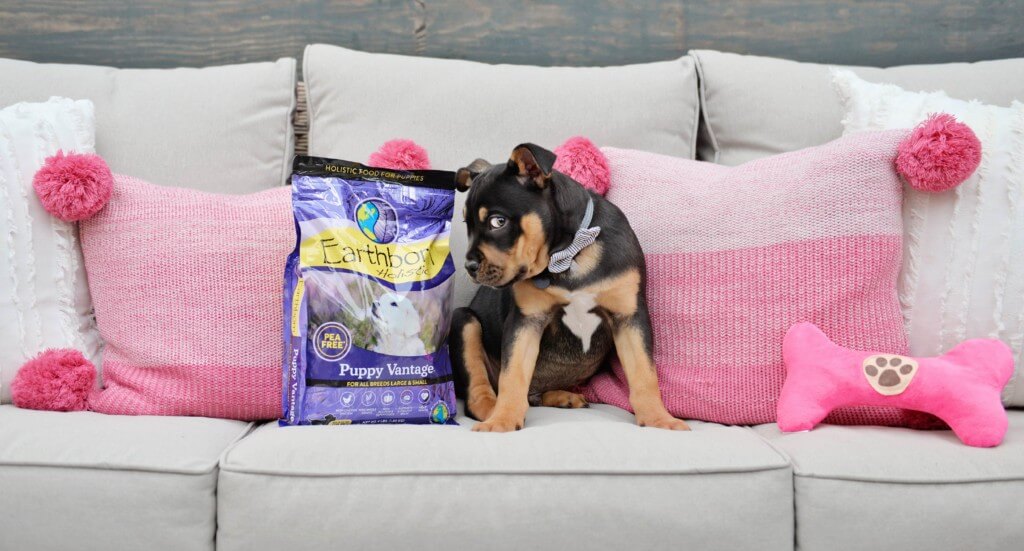
Try to stay away from foods listing meat by-products or grain as their top ingredient. The best foods will have meat as the first ingredient. This shows it is a high-meat, high-protein feed that dogs thrive off best.
Don’t let your pup stay on puppy food longer than they need to. If you keep them on puppy food too long, you could cause obesity or orthopedic issues.
Keep an eye out for if your puppy starts to eat less of their puppy food. Or they might start to put on a bit too much weight. These are both signs that it’s time to switch over to adult feed for their health.
With that said don’t panic if your puppy skips meals or only picks at their food every now and then. It could be a sign they’re ready to move down to fewer feeds per day. Or, you might want to check the quantity you’re giving, in case it’s too much.
How Much Should I Feed My Puppy: Final Thoughts
When it comes to “how much should I feed my puppy?” there is no one size answer that fits all. Every puppy and breed is different and has its own unique needs.
The best thing you can do is set yourself up with a great vet who can offer advice as you need it. They will help you track your puppy’s weight and development. They also play a vital role in determining your puppy’s body condition. You’ll need this to determine how many calories they need.
With support from your vet, the packaging of your puppy’s food will give you guidance on how much to feed. Most of the time, these instructions are based on age and weight. Paired with vet support, this gives you the best chance of giving your puppy the nutrition they need to thrive.
Pay attention to your puppy, as they’ll show signs when they’re ready to move on to adult food. You shouldn’t keep them on puppy food for too long as it’s more nutritionally dense. This can lead to your puppy getting too many calories, increasing their weight. In turn, this can lead to some serious health issues down the road and it’s another reason your vet will monitor your puppy’s body condition score.
If you’re looking for a premium food brand you can rely on, contact us today. At Earthborn Holistic Pet Food, we pride ourselves on our nutritional dog and cat food recipes. We only believe in the best high quality protein, excellent superfood blends, and ancient grains. Developed over 100 years of experience, with the latest technology, we only serve up the best meals treats, and over-baked biscuits for your beloved pets.


